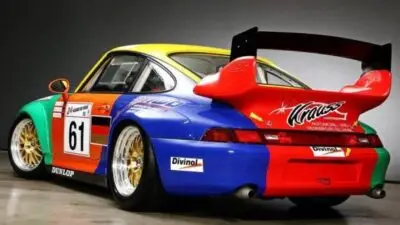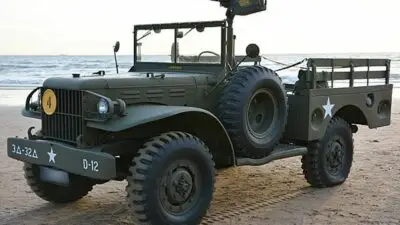Behind every iconic car brand stands a powerful family legacy. The automotive industry has been shaped by visionary families who turned their dreams into global empires. From the Fords who revolutionized manufacturing to the Toyodas who mastered efficiency, these families have created more than just companies—they’ve built dynasties that span generations.

The greatest automotive dynasties have maintained family control while adapting to industry changes, with families like the Porsches managing a $55 billion empire and the Fords retaining significant influence five generations after Henry Ford founded his company in 1903. These family businesses have survived wars, economic downturns, and technological revolutions by balancing innovation with tradition.
What makes these automotive families remarkable isn’t just their wealth, but their lasting impact on how we move through the world. Their rivalries, partnerships, and internal conflicts have shaped everything from manufacturing techniques to design philosophy, creating the automotive landscape we know today.
Key Takeaways
- Family leadership in automotive companies has proven crucial for maintaining long-term vision and corporate values across multiple generations.
- Successful automotive dynasties balance tradition with innovation, adapting to technological advances while preserving their founding principles.
- Internal family dynamics and succession planning significantly influence corporate governance and strategic direction in major car manufacturers.
Pioneers of Innovation

The automotive world was built on bold ideas from visionary individuals whose technical breakthroughs and manufacturing methods transformed transportation forever. Family-led companies established legacies that continue to shape the global automotive landscape today.
The Benz Legacy and Daimler Influence
Karl Benz stands as a foundational figure in automotive history, widely credited with inventing the first true automobile. His 1886 Benz Patent-Motorwagen revolutionized transportation with its internal combustion engine design.
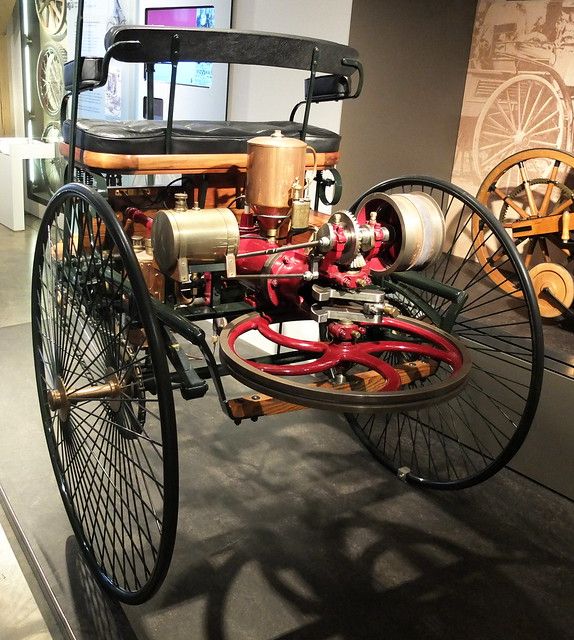
Gottlieb Daimler worked independently from Benz but made equally important contributions. His high-speed internal combustion engines proved essential for early automotive development.
The eventual merger creating Daimler-Benz in 1926 united two pioneering forces. This partnership established Mercedes-Benz as a premium brand focused on engineering excellence and innovation.
The Daimler influence extended beyond luxury vehicles. Their technical innovations in engine design, safety systems, and vehicle architecture established standards that competitors would follow for decades.
From Audi’s Beginnings to Volkswagen’s Expansion
August Horch founded Audi in 1909 after leaving his first company (Horch) following disagreements with business partners. The name “Audi” itself reflected innovation—the Latin translation of his German surname, meaning “listen.”
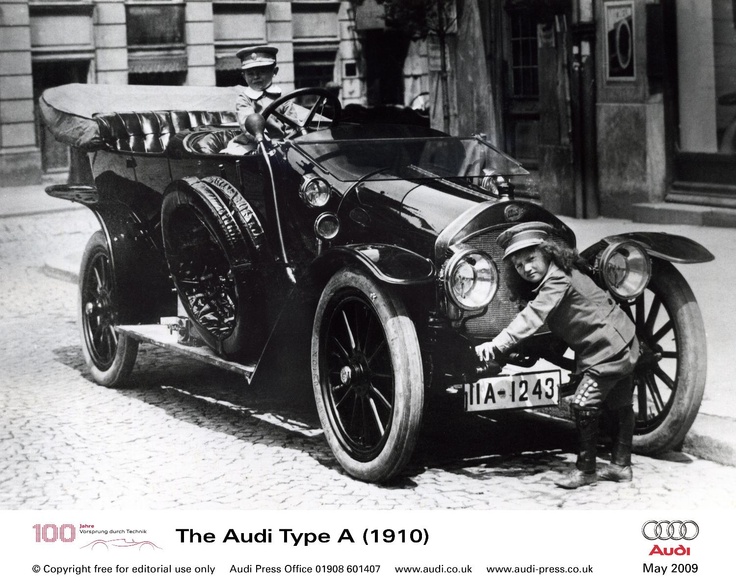
Audi joined with three other automakers (DKW, Horch, and Wanderer) in 1932 to form Auto Union, represented by the four-ring logo still used today. This early consolidation demonstrated how family enterprises evolved into larger industrial groups.
Ferdinand Porsche’s vision for Volkswagen transformed the industry through the concept of affordable transportation for the masses. The iconic Beetle design embodied his engineering philosophy of simplicity and reliability.
The expansion of Volkswagen eventually incorporated Audi, creating one of Europe’s most powerful automotive groups. This industrial consolidation preserved distinctive brand identities while allowing shared technologies across multiple market segments.
The Impact of Family Leadership

Family-led automotive companies often benefit from long-term vision and consistent values. These dynasties have shaped industry standards while maintaining unique corporate cultures that reflect their founding principles.
The Agnelli Dynasty and Fiat’s Rise
The Agnelli family transformed Fiat from a small Italian manufacturer into a global powerhouse. Gianni Agnelli, often called “L’Avvocato” (The Lawyer), led the company through its most significant expansion period from 1966 to 1996.
Under Agnelli leadership, Fiat dominated the Italian market with over 60% market share at its peak. The family’s influence extended beyond automobiles into Italian society, politics, and culture.
Gianni Agnelli’s distinctive management style combined bold business decisions with cultural sophistication. He orchestrated key acquisitions including Lancia, Ferrari, and Alfa Romeo, building a diverse automotive portfolio.
The Agnellis maintained control through a complex holding company structure, ensuring family influence even as the company evolved into Fiat Chrysler Automobiles and later Stellantis.
Porsche: Performance and Family Prestige
The Porsche family built their brand on engineering excellence and racing success. Ferdinand Porsche’s technical genius established the foundation, creating both the iconic Volkswagen Beetle and the company bearing his name.
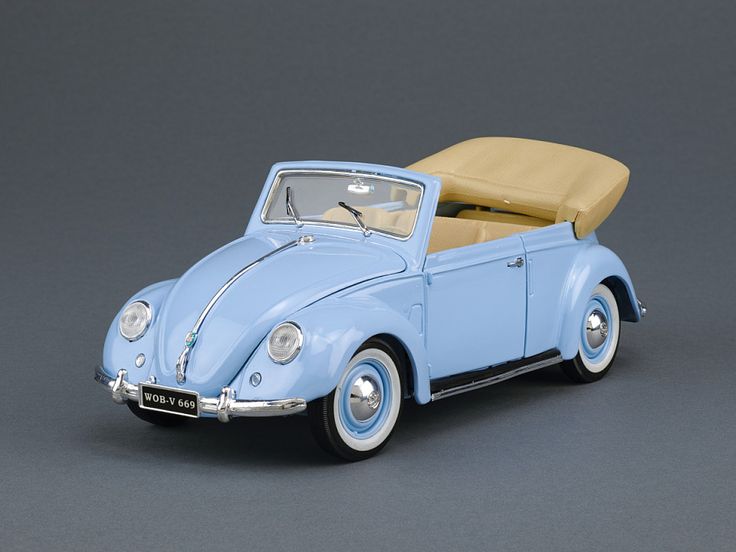
Family leadership at Porsche maintained an unwavering commitment to performance vehicles rather than chasing volume production. This focused strategy created some of the world’s most coveted sports cars, including the legendary 911.
Ferry Porsche, Ferdinand’s son, famously said he built the cars he wanted to drive himself when none existed. This philosophy guided the company through decades of development.
The family weathered significant challenges, including a complex relationship with Volkswagen that eventually led to Porsche becoming part of the VW Group while maintaining its distinct identity and leadership culture.
Today, Porsche remains one of the most profitable automotive brands with family members still influencing strategic decisions through board positions.
Corporate Structure and Governance

Family-owned automotive empires operate with distinct governance structures that balance tradition with modern corporate requirements. These structures often include complex shareholding arrangements that preserve family control while allowing for external investment and growth.
Understanding the Supervisory Board
The supervisory board plays a crucial role in automotive dynasties, providing oversight while allowing founding families to maintain influence. At Ford, the dual-class share structure gives the Ford family significant voting power through special Class B shares, despite owning only about 2% of the total equity. This enables them to appoint members to the board who represent family interests.
German automakers like BMW and Volkswagen employ a two-tier board system. The supervisory board (Aufsichtsrat) oversees the management board and approves major business decisions. At Volkswagen, the Porsche-Piëch family holds key seats on the supervisory board.
Japanese car companies like Toyota maintain family influence through keiretsu relationships, with Toyota family members often holding board positions.
Shareholding Patterns and Control
Automotive dynasties employ various mechanisms to maintain control despite public ownership. The Ford family maintains control through their special Class B shares, which carry 40% of voting rights despite representing a tiny fraction of total equity.
At Toyota, the founding Toyoda family holds only a small percentage of shares but wields influence through cross-shareholding arrangements with supplier companies and banks within the Toyota Group.
The Agnelli family controls Stellantis (formerly Fiat Chrysler) through a complex pyramid structure. Their holding company Exor owns 14% of shares but controls nearly 30% of voting rights.
These shareholding patterns often include:
- Dual-class shares (voting vs. non-voting)
- Holding companies that amplify control
- Cross-shareholding arrangements with allied companies
- Family trusts that consolidate voting rights
This careful balance allows founding families to guide their automotive empires while accessing public capital markets.
Technological Advances and Market Shifts

Family automotive empires have navigated significant technological shifts throughout history, transforming their businesses to stay competitive. These adaptations have been critical to their survival as industry demands evolved from mechanical to digital and now toward sustainable transportation solutions.
The Road to Electric Vehicles
The transition to electric vehicles represents the most significant shift in automotive manufacturing since mass production began. Many family-controlled automakers initially resisted this change, investing heavily in traditional combustion engines.
Ford’s leadership, particularly under Bill Ford, pushed the company toward electrification despite internal resistance. They introduced the Mustang Mach-E as their flagship electric vehicle, honoring heritage while embracing innovation.
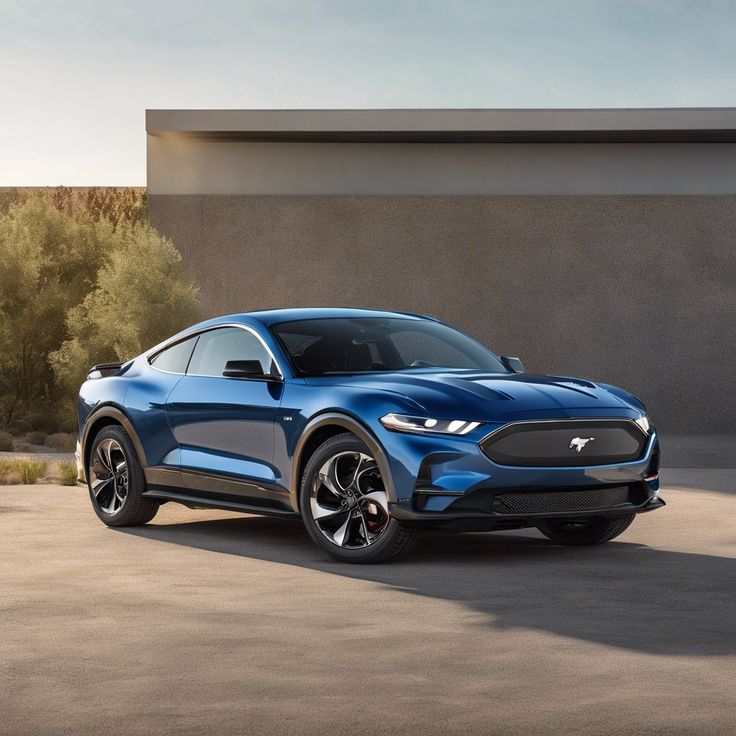
The Volkswagen Group, controlled by the Porsche-Piëch families, pivoted dramatically after the diesel emissions scandal. They committed over $50 billion to electric vehicle development, creating their MEB electric platform.
Toyota’s Toyoda family took a more cautious approach, focusing on hybrid technology while developing solid-state batteries—potentially revolutionizing EV range and charging capabilities.
Adapting to New Consumer Preferences
Family-run automakers have transformed their offerings as consumer preferences shifted from utility to experience. Digital integration, autonomous driving features, and subscription services now factor heavily in purchasing decisions.
BMW, under Quandt family influence, pioneered in-car connectivity and driver assistance systems. Their early investments in user experience helped maintain their premium position despite intense competition from Tesla and other tech-focused brands.
The automotive industry has seen dramatic shifts in buying patterns. Young consumers increasingly prefer flexible ownership models over traditional purchases. Family businesses like Volvo (Geely/Li Shufu) responded by creating subscription services that bundle vehicle use, insurance, and maintenance.
Sustainability became another key consumer concern. Brands like Porsche developed carbon-neutral manufacturing processes and recycled materials for vehicle interiors to appeal to environmentally conscious buyers.
Global Influence and Expansion

The automotive industry’s expansion beyond national borders transformed family car businesses into global powerhouses, with Italy playing a distinctive role in this evolution through design and engineering innovation.
Italian Flair: The Role of Italy in Shaping the Industry
Italy’s contribution to the automotive world extends far beyond its borders, with legendary names like Ferrari, Lamborghini, and Fiat defining entire segments of the market. The Agnelli family, controllers of Fiat since 1899, built one of Europe’s most influential automotive dynasties.
Italian car design became synonymous with style and performance. Pininfarina, Bertone, and Italdesign studios created iconic shapes for both Italian and foreign manufacturers.
Italy’s influence wasn’t limited to luxury sports cars. Fiat’s small, practical vehicles helped motorize post-war Europe, showing how Italian engineering could serve mass markets while maintaining distinctive character.
From National to International: Growth Strategies
Family-owned car companies faced crucial decisions about how to expand globally. Some, like Ford, established manufacturing plants in multiple countries, adapting products to local markets while maintaining central control.
Toyota, still influenced by the Toyoda family, expanded methodically with a focus on manufacturing excellence and gradually building dealer networks in new markets.
Automotive families employed various strategies from joint ventures to full acquisitions when entering new territories. Volkswagen Group’s approach of acquiring diverse brands while preserving their identities proved particularly successful.
Exchange of technologies and designs across borders became increasingly important. Italian styling expertise was often imported by American and Asian manufacturers seeking to elevate their products’ appeal.
Challenges and Controversies

Family-run automotive empires face unique obstacles that test their resilience and adaptability. These challenges range from internal power struggles to external economic pressures that can threaten even the most established dynasties.
Dealing with Corporate Affairs
Family businesses in the automotive sector often struggle with succession planning and internal conflicts. The Ford Motor Company experienced significant turmoil when Henry Ford II fired Lee Iacocca in 1978 despite Iacocca’s success in developing the Mustang. This highlighted how personal relationships can override business considerations.
Many automotive dynasties face internecine conflicts that can damage both the company and family relationships. The Porsche-Piëch family saga includes bitter rivalries that nearly tore apart the Volkswagen Group in the early 2000s.
Nepotism accusations also plague family-run automotive companies. Critics point to instances where less qualified family members receive promotions over more experienced non-family executives.
Corporate governance becomes increasingly complex as companies grow. The Toyoda family at Toyota maintains influence while balancing professional management structures, demonstrating a successful hybrid approach.
Navigating Economic and Political Obstacles
Automotive dynasties must contend with shifting economic landscapes that threaten their survival. The 2008 financial crisis forced family-controlled automakers like Ford to make difficult decisions, including selling luxury brands to preserve core operations.
European car manufacturers face particularly difficult challenges. Many have evolved into what some describe as “family owned pension funds rather than manufacturers”, struggling to innovate while maintaining their legacy.
Political developments create additional hurdles. Trade wars, emission regulations, and regional instability impact manufacturing and sales strategies. The BMW Group’s Quandt family navigated changing German politics while expanding globally.
Colonial legacies also affect automotive dynasties’ international operations. Historical expansion patterns show how these companies transformed societies across regions like Africa, often with complicated social consequences that still influence their operations today.
Frequently Asked Questions

The Ford family represents one of the most influential automotive dynasties in history. Their century-long involvement in Ford Motor Company has shaped not only the business itself but the entire automotive industry worldwide.
Who are considered the founding members of the Ford Motor Company?
Henry Ford established the Ford Motor Company in 1903 with the support of 11 investors. The primary founding members included Henry Ford himself, Alexander Malcomson (a coal dealer), and the Dodge brothers (John and Horace), who supplied parts.
Henry Ford held 25.5% of the company shares initially, with Malcomson holding an equal amount. The other investors included prominent Detroit businessmen who saw potential in the automobile industry.
Can you detail the influence of the Ford family on the evolution of the automotive industry?
Henry Ford revolutionized manufacturing with the moving assembly line in 1913, making cars affordable for average Americans. This groundbreaking production method transformed not just the automotive sector but manufacturing as a whole.
The Ford family introduced the $5 workday in 1914, doubling the average factory wage and establishing new labor standards. Their commitment to vertical integration—owning everything from rubber plantations to steel mills—created a new business model.
The introduction of the Model T democratized car ownership, with over 15 million sold between 1908 and 1927.
What is the estimated collective net worth of the Ford family as of today?
The Ford family’s collective net worth is estimated to be approximately $2 billion as of 2025. The family maintains around 40% of the voting rights in the company through special Class B shares.
Individual family members have varying degrees of wealth, with some actively involved in the company while others pursue separate business ventures. The family’s wealth extends beyond Ford Motor Company to include investments in sports teams, real estate, and other industries.
What legacies have the descendants of Henry Ford contributed to the automotive sector?
Edsel Ford, Henry’s son, introduced stylish designs and established the Mercury division, moving Ford beyond purely utilitarian vehicles. He also oversaw the creation of the Lincoln Continental.
Henry Ford II saved the company from near bankruptcy in the 1940s and led its public offering in 1956. He modernized management practices and expanded Ford internationally.
William Clay Ford Sr. supervised the Continental Mark II development and chaired the design committee for decades, influencing the company’s aesthetic direction.
How did the leadership of Henry Ford II shape the direction of the Ford Motor Company?
Henry Ford II transformed Ford from a founder-driven company into a modern corporation with professional management when he became president in 1945. Under his leadership, the company went public and developed the famous “Whiz Kids” management team.
He championed Ford’s international expansion, particularly in Europe and Asia. His rivalry with Ferrari led to the development of the GT40 and Ford’s historic 1-2-3 finish at Le Mans in 1966.
Henry II also led the company through the challenging 1970s oil crisis, pivoting toward more fuel-efficient vehicles.
What are some of the key milestones in the history of the Ford Motor Company since its establishment?
The introduction of the Model T in 1908 made automobile ownership possible for middle-class Americans for the first time. The implementation of the moving assembly line in 1913 reduced chassis assembly time from 12.5 hours to 1.5 hours.
The Ford family dynasty oversaw the development of iconic vehicles like the Mustang (1964), which created the “pony car” segment. The company acquired luxury brands including Jaguar, Land Rover, and Volvo during the 1990s and early 2000s.
Ford survived the 2008 financial crisis without government bailouts, unlike many competitors. Recent milestones include the electrification strategy, with the Mustang Mach-E and F-150 Lightning leading their transition to electric vehicles.

